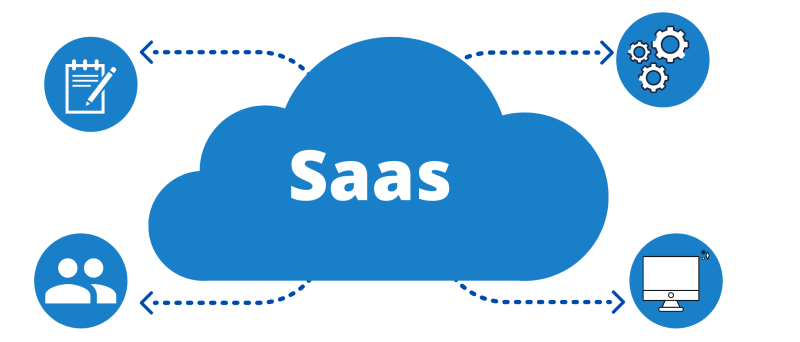In today's fast-paced digital environment, the success of any software-as-a-service (SaaS) product depends on its ability to deliver an exceptional user experience and respond to changing customer needs. The journey from a simple concept to a fully functional SaaS software solution is a difficult but rewarding endeavor.
This article examines the design of SaaS software solutions and highlights the key steps involved in making the vision a reality.
1.Preparation and market research: The journey begins with a clear and innovative concept. Before diving into development, thorough market research is crucial. Understanding your target audience, their pain points and the competition will help shape your software's value proposition.
2.Defining Goals and Objectives: Clearly define the goals and objectives of your SaaS solution. What problems does it solve? What benefits does it offer to users? Building a strong foundation will help keep your team focused throughout the design and development process.
3.User Centered Design: User experience (UX) is paramount when designing SaaS software. Create user personas and journey maps to empathize with your users. A user-centric approach ensures that your software is intuitive, easy to use and a pleasure to use.
4.Prototypes and Framing: Create prototypes and wireframes to visualize the interface and functionality of your software. These models allow you to iterate and refine your design before investing in full-scale development.
5.Scalability and Architecture: Design your software with scalability in mind. Consider the technology stack, database structure and architecture to ensure your SaaS solution scales with growing user demands.
6.Security and Compliance: Security is undeniable in SaaS. Implement strong security measures to protect user data. Also ensure compliance with data protection regulations such as GDPR or HIPAA where applicable.
7.Skill Development: Adopt an agile development methodology to facilitate flexibility and adaptability. Update your software regularly based on user feedback and changing market dynamics.
8.Quality Assurance and Testing: Rigorous testing is essential to identify and fix bugs and errors. Conduct user tests to gather feedback and validate the performance of your software.
9.Commission and monitoring: Deploy your SaaS solution in a reliable hosting environment and create monitoring systems. With continuous monitoring, you can quickly identify and resolve problems.
10.Feedback loop: Maintain continuous feedback with users after implementation. Listen to their suggestions and concerns and use that input to continue to improve your software.
11.Updates and Feature Improvements: Keep your software fresh and competitive by regularly releasing updates and feature enhancements. Responding to user needs and staying at the forefront of development is critical in the SaaS industry.
12.Customer support and training: Provide excellent customer support and training resources to help users get the most out of your software. A responsive support team can greatly improve the user experience.
13.Marketing and Growth: Develop a solid marketing strategy to promote your SaaS solution. There are many Saas development companies. Use digital marketing, content creation and social media to reach your target audience and drive growth.
14.Feedback and repetition: As your SaaS solution gains traction, revisit the feedback. Make sure your software meets user expectations and market trends.
In summary, the journey from concept to reality in designing SaaS software solutions is a multifaceted process that requires careful planning, constant iteration, and a deep commitment to user satisfaction. By following these steps and taking a user approach, you can realize your SaaS vision and create a valuable product that resonates with your target audience. Remember that the art of SaaS software engineering is not just about building software; It's about creating solutions that impact users' lives.




Top comments (0)